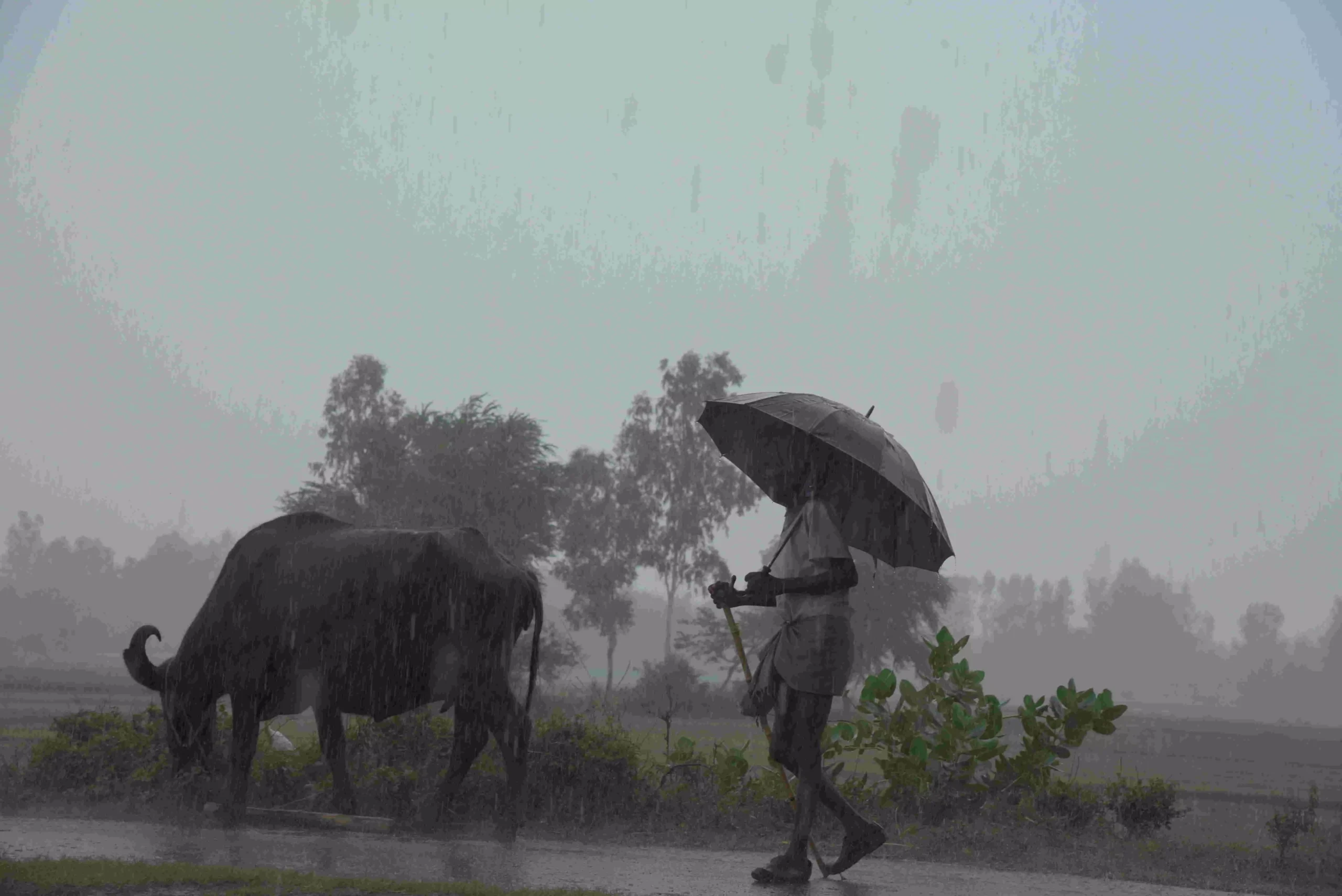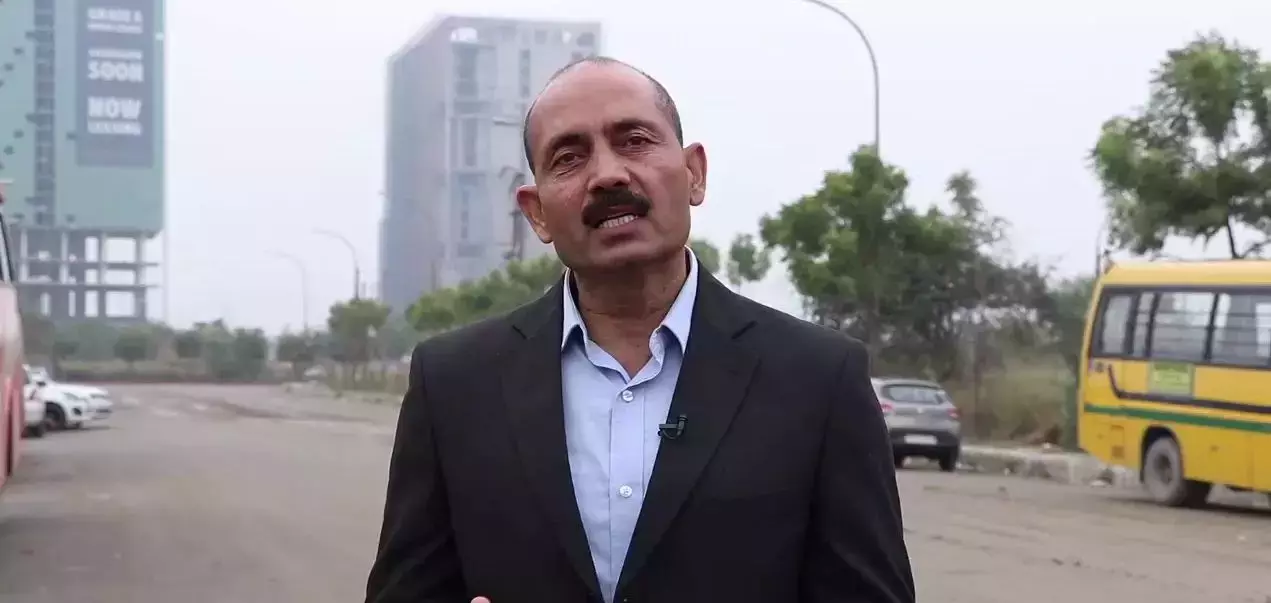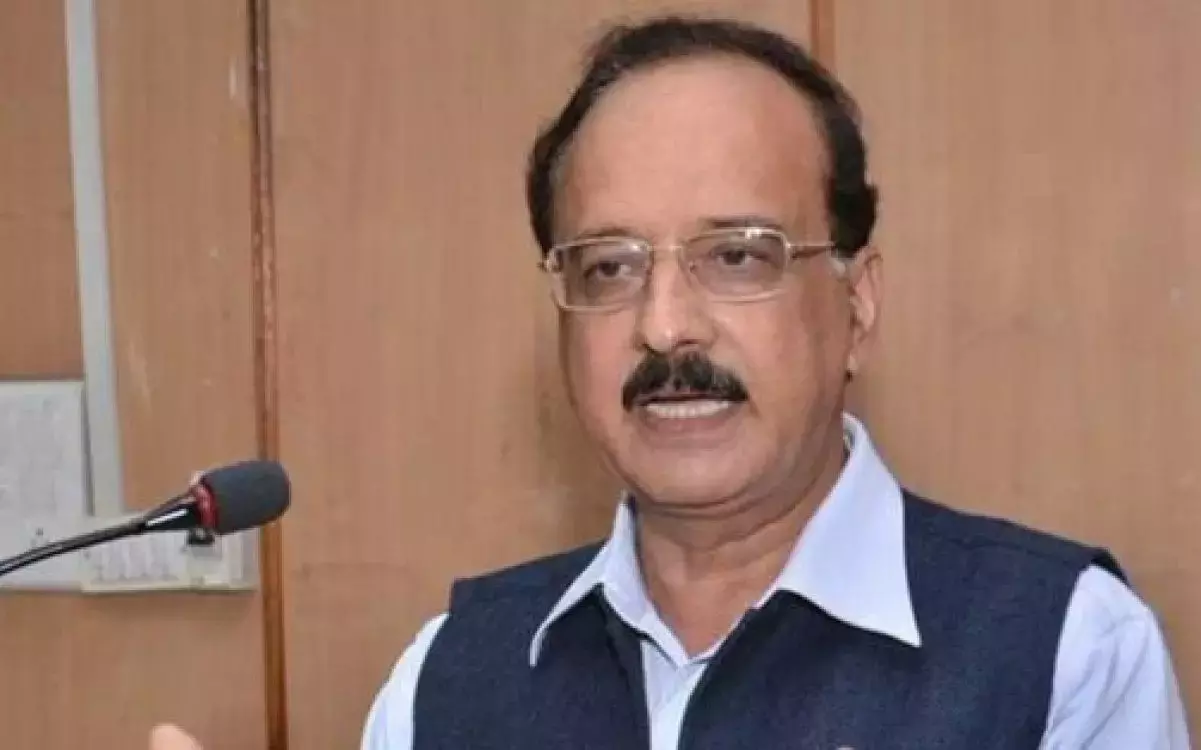Sheetala Prasad had his paddy nursery sown on time,
but could not do timely transplanting because he waited for the monsoons in
order to do that. For the past many years, Sheetala Prasad has been suffering
constantly ruined crops due to fickle monsoons.
“From the past so many years it hasn’t been raining
on time, it is difficult to know when it would rain. Previously, it rained
consistently, but now it rains suddenly and heavily and for smaller intervals,”
rues Sheetala Prasad, who lives in Dewara village in Uttar Pradesh’s Barabanki district.
The story of Sheetala Prasad tells of the misery of
the several thousand farmers of India who are ruined due to the altered monsoon
activity.
The changes in the monsoon pattern has prompted India
Meteorological Department (IMD) to constitute a committee to study the monsoons
timelines and patterns of rains, which will establish the extent of variation
in the dates of monsoon’s entry and exit in India.
It is hoped that following the report of the IMD,
the newer dates of monsoon’s entry and exit would be declared based on current
monsoon activity.
The IMD’s director general M Mohapatra informed Gaon Connection
over the phone: “Along with the change in the monsoon pattern, there is also
the change in its dates of entry and exit. Where it rains heavily, where it
doesn’t — everything would be studied by the committee. If there is a change,
it shall be conveyed to everyone.”

The farmers are the worst hit due to flash floods
Currently in India, the date of monsoon’s entry is
pegged at June 1 from Kerala and its exit from Rajasthan by September 30. If
one looks back, one finds that the monsoons have consistently arrived late and
stayed longer.
In 2019, monsoons reached Kerala only by June 18 and
thereafter, proceeded further. The reason was Cyclone Vayu, which had blocked
the monsoons and later contained them in Kerala, Tamil Nadu and Karnataka till
June 21.
Vijay Jodaniya, a farmer from Waisur of
Maharashtra’s Wardha district explained the weather pattern of the entire state,
including Wardha. He said: “Now the rainy days are getting fewer and in these
fewer days, it is raining more heavily. Vidharbha witnessed dry June-July and
heavy rains in August-September.”
The observation of farmer Vijay Jodaniya is
supported by Mahesh Pahlawat, head of Skymet, a private organization providing
weather information. Mahesh explained: “If one looks at the Long Period Average
(LPA), it is evident that it has been raining less. This is due to climate
change. Previously, it used to rain consistently, but now the cyclones are
getting stronger so we have heavier rains and fewer rainy days.”
The farmers are the worst hit due to flash floods.
Explaining this, Mahesh added, “When the rainfall meant for several weeks occurs
in a single day, the excessive water can’t be absorbed by the earth surface and
gets drained into the rivers and oceans. Lack of drizzles, coupled with sudden
excessive rainfall, causes frequent flash floods. Like this year, Patna, Madhya
Pradesh, Maharashtra, Assam and Rajasthan had floods while many other states
suffered drought-like situation.”

Mahesh Pahlawat, head of Skymet, a private organization providing weather information.
The year 2019 witnessed 33 per cent less rainfall,
which is a five-year low, due to delayed monsoon in June and lesser rains. In
June, Maharashtra and Kerala had faced drought-like situation.
Believing climate change to be the leading cause,
Mahesh said: “India now receives rainfall region wise. For example, in a city, it rains in one part and remaining area keeps dry. This is all due to climate
change. At some places, it rains heavily while other places do not get adequate
rainfall.”
Based on the records of the IMD and Climate Research
Unit (CRU), a research paper published in Nature
Communication proposes that due to the climate change, the rainfall received
from the South-West monsoon has been progressively reduced.
India receives its 75 per cent rainfall due to South-West
monsoons from June till September. The Indian Subcontinent receives its
maximum rainfall due to South-West monsoons.
However, farmer Vijay Jodania is unperturbed by the
IMD’s concern around monsoons’ movement. He said: “People have long lost faith
in the IMD as its forecasts have often failed in the past. Even if they alter
the dates for monsoon’s arrival, it wouldn’t benefit the farmers. The IMD’s
forecasts are never accurate.”
Since the time the IMD has been recording the
weather pattern, 2019 has seen the most delayed withdrawal of monsoons by
October 10.

Devender Sharma, agricultural expert
Talking about studies being conducted by the IMD to
understand the new trends of the monsoons, agricultural expert Devender Sharma said:
“Besides farmer, the research wing of the agricultural department needs to
respond to the changes in monsoon dates. The research team will have to develop
such varieties of seeds fitted to the altered pattern.”
He added: “It would be better if the IMD sits with
agricultural scientists to declare the new schedule of monsoon. Besides,
meetings should be held with the scientists engaged in agricultural research so
that the researches are well aligned.”
The Indian economy is directly affected by the
timely arrival of monsoons and the rainfall they bring along. The 2018 report
of World Bank ‘South Asia Hotspot: The Impact of Temperature and Precipitation
Changes on Living Standards’ has projected a fall in the living standard of
about half the population of Southern Asia due to the changes in monsoon
schedule. Due to climate change, agricultural production would fall, labour
productivity would decline and other health-related problems would rise.
As per the IMD, in 2018, the country received below-average
rainfall, out of the total 36 zones, only Kerala recorded heavy rainfall. While
23 zones received average rainfall, 12 received below-average rainfall.
Dr DS Pai, Head of IMD Pune’s Climate Research and
Services, not delving much about the studies conducted by the committee
constituted by IMD regarding monsoon schedule, said: “After the committee’s
report, some decision would be taken in the beginning of the new year and then
it would be implemented.”




















